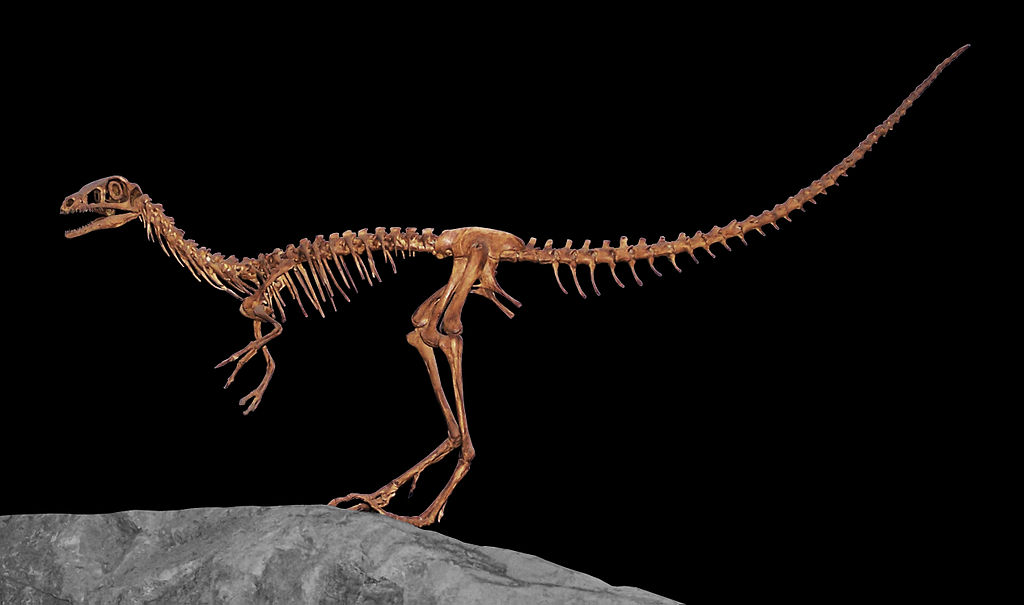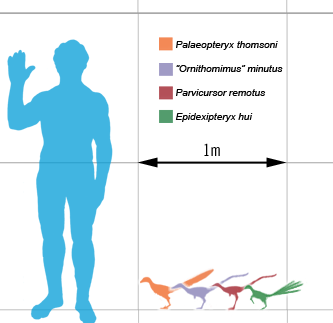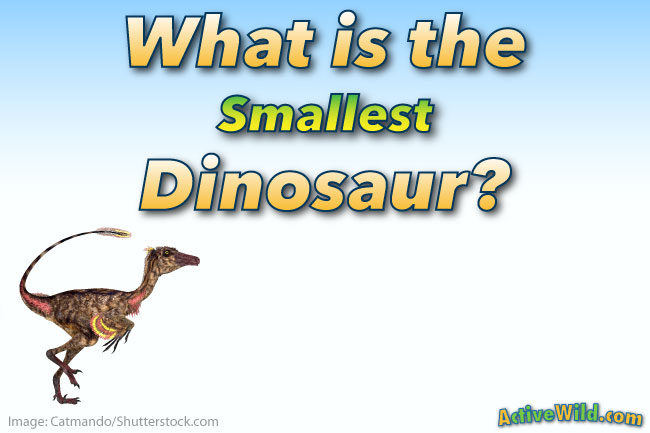What is the tiniest dinosaur that has ever existed? Dinosaurs weren’t always giants! We attempt to discover what the world’s tiniest dinosaur was in this article.
What Is The Smallest Dinosaur?
Dinosaurs are typically imagined to be enormous creatures when they’re remembered by others. There were, however, a slew of dinosaurs that were comparable in size to or even smaller than humans.
There wouldn’t be enough room for genuine dinosaurs if birds were included in a “what is the tiniest dinosaur” top ten list. All of the top spots would be occupied by modern birds, like the Bee Hummingbird (the world’s tiniest living bird).

What is the smallest di
nosaur? A hummingbird!
We’ll only include “non-avian” dinosaurs on this page. Dinosaurs that didn’t become birds are referred to as non-avian dinosaurs.
Yet, many of the smallest dinosaurs, which have feathers and wings, appear to be ‘bird-like.’
How Can We Tell How Big (Or Small) Dinosaurs Were?
Accurate measurements of the size and weight of live dinosaurs, of course, are impossible to come by.
When learning about dinosaurs, keep in mind that fossils are what we know the most about them.
Dinosaur fossils date back millions of years and are fragmentary in nature.
Therefore scientists have to come up with estimates based on comparisons between the fossilized remains of dinosaurs and the skin, muscles, skeletons and body structures of living animals.
These sorts of estimations are very difficult for scientists to do. Dinosaurs’ size, form, and diet can all be educated guesses based on their knowledge of dinosaurs.
But, there is no real way of knowing how big or small dinosaurs were until we invent a time machine or build a real-life Jurassic Park.
Before we do, there are a few Mesozoic era ‘babies’ that we should meet!
What Is The Smallest Dinosaur? A List
Anchiornis huxleyi

A tiny, long-legged, winged dinosaur named Anchiornis huxleyi. It’s thought to be an evolutionary link between dinosaurs and birds, since it’s covered in feathers. In the late Jurassic era, it resided in what is now China.
If it did leave the ground, Anchiornis huxleyi may have been a better glider than a flyer, with long feathers on both fore and hind limbs.
Anchiornis huxleyi weighed between 110 and 700 grams (3.9 and 24.7 oz.) and was 34 to 40 cm (13 to 16 in) long, making it one of the smallest dinosaurs ever discovered.
Researchers have been able to discern the color of Anchiornis huxleyi from pigment cells still present in fossilized fossils. With a crimson crown and white stripes on its wings, they discovered that it was essentially dark grey and black.
The genus Anchiornis contains just one species, Anchiornis huxleyi. The word Anchiornis means “near bird.” Thomas Henry Huxley is honored with the species name ‘huxleyi.’ Huxley was an English scientist who promoted Darwin’s Theory of Evolution. He was among the first to notice a significant link between dinosaurs and birds.
Epidexipteryx hui

A tiny bird-like dinosaur named Epidexipteryx hui. It existed in the mid to late Jurassic epoch, around 160 to 168 million years ago, in what is now Inner Mongolia, China.
The four lengthy tail feathers of Epidexipteryx hui were the most notable feature. According to scientists, these helped in tree climbing rather than aiding in flight. If Epidexipteryx hui ever took to the air, it would most likely have been a glider.
Epidexipteryx hui is a tiny dinosaur that measures only 44.5 cm (17.5 in) in length and weighs 164 to 391 g (5.8 to 13.8 oz) when including the lengthy tail feathers.
Compsognathus longipes

The smallest dinosaur, Compsognathus, was once thought to be. Compsognathus no longer holds this title, as several smaller species have been discovered, but it is still a fascinating dinosaur.
Compsognathus, a tiny two-legged herbivorous dinosaur, existed. Theropods, which also include gigantic dinosaurs like T Rex and Spinosaurus, were a meat-eating dinosaur group.
Several closely related dinosaurs, including Compsognathus, were covered in feather-like structures. Yet, no Compsognathus fossils have been discovered that demonstrate this.
In biology, a genus is a collection of related species that are all part of the same genus. Compsognathus longipes (the scientific name of the species) is the sole member of the genus.
The term Compsognathus refers to a dainty jaw. The miniature dinosaur weighed between 0.8 and 3.5 kg (1.8 and 7.7 lb.) and measured 1 meter (3.28 ft) in length.
In Germany and France, Compysognathus fossils have been discovered. It existed during the Jurassic period, which lasted from 150 million to 200 million years ago.
Parvicursor remotus

Parvicursor was a tiny dinosaur with long, slender legs that was named after the Latin word parvi. One incomplete specimen, including just a pelvis and hind legs, is all we know about Parvicursor.
Parvicursor remotus is the sole species in the Parvicursor genus. During the late Cretaceous period, it resided in what is now Mongolia.
The Parvicursor remotus is likely to be the tiniest dinosaur yet discovered. It weighed just 162 grams (5.71 oz) and measured 39 cm (15 in) in length.
Microraptor zhaoianus

Little, bird-like dinosaurs called Microroraptors They were one of the earliest feathered dinosaurs to be identified. They were described as “four-winged dinosaurs” because they possessed feathers on their arms and legs.
Microraptors were said to have grown to be around 1.2 meters (3.93 feet) in length, the largest of them all.
Microraptor specimens have been discovered to contain pigment cells. Microraptors were black in color, and they seem to have had an iridescent sheen similar to that of today’s starling.
Microraptors’ capacity to fly or simply soar is unclear, although research show that they were capable of actual flight.
It is thought to have been one of the most common dinosaurs in its environment, with over 300 Microraptor fossils discovered.
Despite the fact that three Microraptor species have been identified, it is thought that they are all members of the same species, Microraptor zhaoianus.
What Is the Smallest Dinosaur: Conclusion
Five of the tiniest dinosaurs known to mankind are examined in this article. The smallest of the group may be either Anchiornis huxleyi or Parvicursor remotus. Of course, predictions of their length and weight are only estimates, and we may never know what the tiniest dinosaur was.
